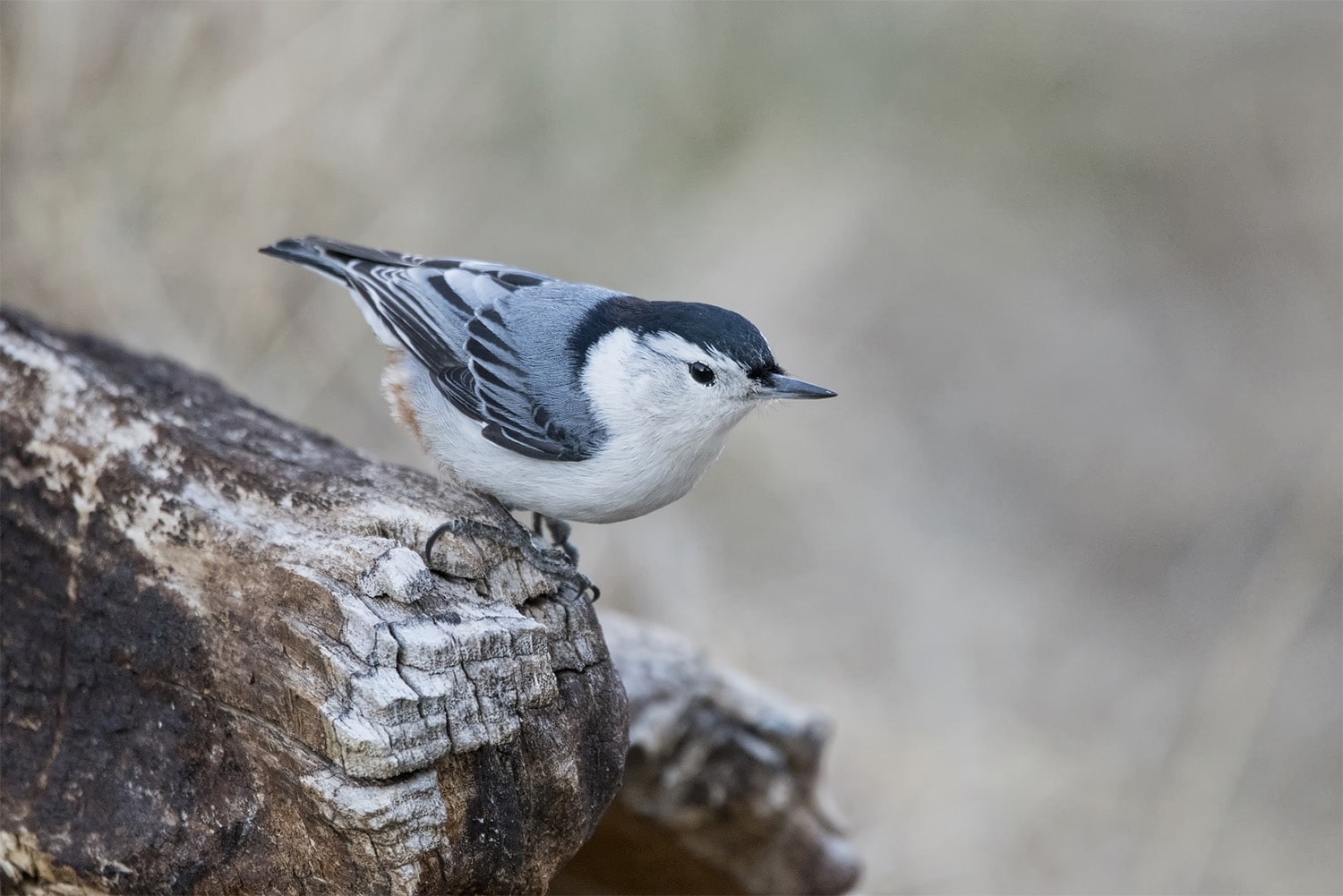
28 interesting facts about nuthatches
- 👁️ 266
Nuthatches are a group of small, compact birds known for their unique behavior of scaling down trees headfirst, a sight that captures the curiosity and admiration of birdwatchers. Belonging to the family Sittidae, these birds are found in woodland areas across the Northern Hemisphere. With their strong beaks and powerful legs, nuthatches can pry open nuts and seeds, which forms a significant part of their diet. Their vocalizations, nesting habits, and agility make them fascinating subjects for study and observation. Here are 28 interesting and informative facts about nuthatches that highlight their distinctive characteristics and behaviors.
- The name “nuthatch” is derived from the Old English words “nuthache,” meaning “nut hacker,” referring to their habit of hacking at nuts to open them.
- Nuthatches are known for their ability to walk down tree trunks headfirst, a feat not common among bird species.
- There are about 29 species of nuthatches found around the world.
- Nuthatches have short tails and long, strong bills that help them forage for insects and seeds.
- They use their sharp bills to wedge nuts and seeds into tree bark and then hammer them open.
- Nuthatches are resident birds, meaning most species do not migrate and stay in their territory year-round.
- They have a unique habit of plastering mud around the entrance of their nest holes to reduce the size, which deters predators and competitors.
- The Eurasian nuthatch is the only species of nuthatch found in Europe.
- Nuthatches communicate through a variety of calls and songs, which can vary significantly between species.
- The White-breasted Nuthatch, common across North America, is known for its loud, nasal calls.
- Nuthatches exhibit monogamous behavior, typically forming pairs that stay together throughout the year.
- They prefer woodland habitats, especially areas with old trees that provide plenty of foraging opportunities and nesting cavities.
- Nuthatches can hang upside down beneath branches and twigs to access food.
- The Pygmy Nuthatch, one of the smallest species, lives in pine forests of the western United States.
- Some nuthatch species, like the Red-breasted Nuthatch, will cache food in bark crevices for later consumption.
- Nuthatches have zygodactyl feet, with two toes pointing forward and two backward, aiding in their agility on tree trunks and branches.
- They are cavity nesters, often using natural holes or those excavated by other birds, and sometimes even by themselves.
- Nuthatches’ diet mainly consists of insects, spiders, seeds, and nuts.
- The Sitta pusilla, or Brown-headed Nuthatch, is known for using pieces of bark as tools to pry up other bark in search of insects.
- In some cultures, nuthatches are symbols of good luck and prosperity.
- The largest species of nuthatch is the Giant Nuthatch, found in Southeast Asia, measuring up to 7.9 inches in length.
- Nuthatches have been observed joining mixed-species feeding flocks during non-breeding seasons.
- Their nests are lined with soft materials like fur, feathers, and moss.
- Nuthatches have a strong territorial instinct, often aggressively defending their area from intruders.
- The Velvet-fronted Nuthatch is notable for its striking blue coloration and velvet-black forehead.
- Climate change and habitat destruction pose threats to certain nuthatch species, affecting their populations and distribution.
- During courtship, male nuthatches perform aerial displays and bring food to the female.
- The Wallcreeper, sometimes confused with nuthatches due to similar climbing behaviors, is actually not related to them.
Nuthatches are remarkable for their unique behaviors, strong familial bonds, and adaptability to their woodland environments. Their headfirst descent down trees, intricate nesting habits, and resourceful foraging techniques are just a few of the qualities that make these birds a subject of endless fascination and admiration. As we continue to study and protect these small but mighty birds, we uncover more about their important role in maintaining healthy forests and ecosystems. By appreciating and conserving nuthatches and their habitat, we ensure that future generations can also enjoy and learn from these captivating creatures.
Nuthatches are a group of small, compact birds known for their unique behavior of scaling down trees headfirst, a sight that captures the curiosity and admiration of birdwatchers. Belonging to the family Sittidae, these birds are found in woodland areas across the Northern Hemisphere. With their strong beaks and powerful…